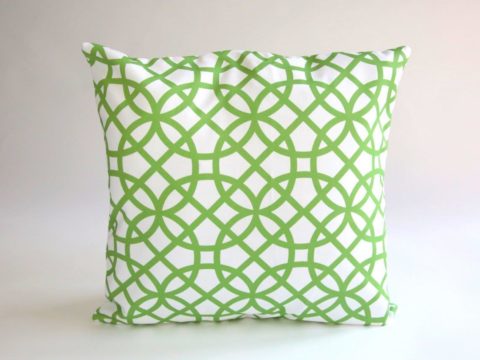The Queen and the Heretic
Two truly remarkable women
Chapter 2 : Catherine and Anne
No, I haven’t forgotten about Catherine and Anne. The questions that now pose themselves are, ‘how did these two women from different backgrounds come into contact with the dangerous new ideas?’ and ‘how did they react?’ Catherine’s father died in 1517 and her mother never remarried. Sad though the widow’s loss was, it did save her from any conflict of interest when Henry VIII set his face firmly on getting his marriage to Catherine of Aragon annulled. As a member of the queen’s entourage it was clear where her loyalty lay. Anyway, she had her own family concerns to attend to. These included educating her three children. It would seem that Catherine and her two younger siblings shared a tutor and one versed in the new humanism. We may reasonably infer this from the fact that, in later life, Catherine was able to converse in Latin, French and Italian and to correspond easily with scholars. In 1529, just when the king’s ‘Great Matter’ was reaching steam heat, Catherine Parr, at the age of sixteen, was married to the twenty-three-year-old Edward Borough, the scion of a leading Lincolnshire family. The couple lived at Kirton-in-Lindsey which, as it happens, is some fifteen kilometres from South Kelsey, the principal residence of the Askew family. It would be intriguing to know whether, at this stage, Catherine had any contact with eight-year-old Anne, to whom her destiny was to be so closely bound.
Anne was the fifth of six surviving children born to Sir William and Lady Elizabeth Askew. Hers had been a rural upbringing and there was every expectation that it would continue to be so when, in due course, she was married off to one of her father’s Midlands neighbours as part of a territorial arrangement. However, she did not lack for intellectual stimulus or the vicarious enjoyment of the more glamorous life of high society. Her brothers, Edward and Christopher, were at the royal court and the eldest, Francis, spent two or three years at Cambridge, the intellectual home of the English Reformation, where he would have earnestly debated with his friends the fascinating new ideas coming from the continent. Anne did not have the benefit of a classical education but she did learn to read.
This is where the story gets really fascinating. At some point both Anne and Catherine acquired and were captivated by William Tyndale’s New Testament. Within the space of a few years they both came to know it thoroughly. And during those years it was a banned book. People discovered with copies that had been smuggled into the country were interrogated as suspected heretics. Some were burned. So how did two respectable young ladies of impeccable breeding acquire this inflammatory document and why did they come to value it? As to the ‘how’, we cannot know but a good guess would be that they bought their new Testaments from merchants smuggling the books via the east coast ports. From Grimsby, Stallingborough and Hull this contraband travelled along navigable waterways which reached far inland. Ships on the Trent docked in Gainsborough and beyond and were within easy reach of Kirton and South Kelsey. As to why Catherine and Anne waded into the waters of heresy we may, perhaps, see them as intelligently curious young women who wanted to know for themselves what scholars and preachers were so ardently propagating. Having discovered it they took the plunge. Catherine later described her conversion in terms of exchanging ‘dead, human, historical faith and knowledge’ for the ‘true, infused faith and knowledge of Christ’. The terminology comes directly from Tyndale who employed it in his written controversy with Thomas More.





